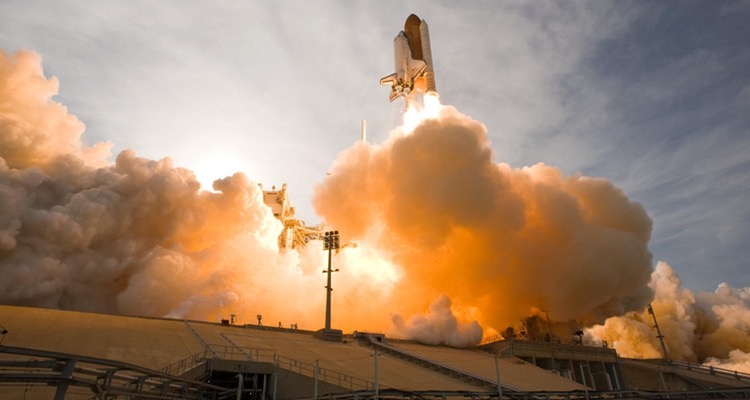
If live video streaming was one of the biggest social media trends of 2016, Facebook is about to take it one step further with the launch of “Live 360.” This is not just live streaming video — it’s live streaming video in 360 degrees.
Think of it this way – if regular live video gives you about a 120 degree field of vision (just about what your two eyes can pick up in front of you), then this new “Live 360” gives you the ability to see a full field of vision, even what’s behind you!
Mission to Mars
To build buzz around this new feature, Facebook partnering with National Geographic on a 360-degree live video experience that simulates life on Mars. On December 13, the Nat Geo Facebook page will host the first-ever Live 360 as crew members emerge after 80 days at a Mars research facility in the desert. Wait, what?
In the Utah desert, a group of 8 scientists have been part of a unique research experiment to see what it would be like to live on Mars. These scientists have been living for 80 days in specially designed pods at the Mars Desert Research Station facility. And now viewers will have a chance to see these scientists emerging from their pods and checking out life on “Mars.”
That could mean a chance to see scientists riding around on Mars rovers, putting on their space suits and taking care of their everyday duties. If you’ve seen the Matt Damon movie “The Martian,” you can get an intuitive sense of why this is so fascinating. An astronaut trying to grow potatoes within his landing pod on Mars has already captivated millions of moviegoers, so why not Facebook fans also?
Possible applications
One possible application of Facebook Live 360 is for journalists who are reporting from some far-flung locale, whether it’s a war zone, a disaster area or some breaking news event. In the same way that journalists now stand in front of war-torn areas of Syria to report on what’s going in Aleppo, you’d now be able to get a full 360-degree view of the action.
For example, as part of the Mars “Live 360” event, Facebook is planning to make possible live Q&A sessions with writers and experts, who will be sharing their views on the Red Planet. You can see how this would be a much more engaging experience than just watching a “talking head” on your screen. You’d see all the action happening around them. Literally.
The virtual reality future
But the real application for Live 360 is virtual reality. That’s because a truly immersive virtual reality experience enables you to experience a scene in 360 degrees. By turning your head, you can look around a room and see everything. To make that happen, of course, you need a scene that’s been filmed in 360 degrees.
Until now, most of that happens by “stitching” – taking lots of cameras like a Go Pro and using them to record a scene simultaneously. Then, a computer stitches together all those camera shots into one seamless image. It’s only been recently that it’s been possible to buy 360-degree cameras at a place like Best Buy.
So you can think of the mission to Mars “Live 360” experience as a trial run not just for a real life mission to Mars – but also for a virtual reality mission to Mars, where anyone on the planet can strap on a virtual reality headset and experience Mars for themselves, all via Facebook.